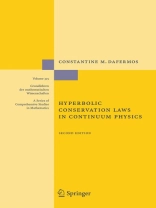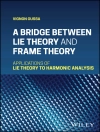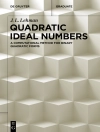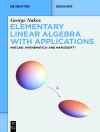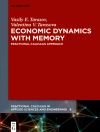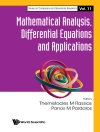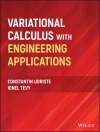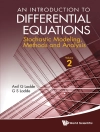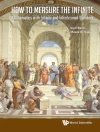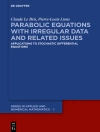The seeds of continuum physics were planted with the works of the natural philo- phers of the eighteenth century, most notably Euler; by the mid-nineteenth century, the trees were fully grown and ready to yield fruit. It was in this environment that the study of gas dynamics gave birth to the theory of quasilinear hyperbolic systems in divergence form, commonly called “hyperbolic conservation laws”; and these two subjects have been traveling hand in hand over the past one hundred and ?fty years. This book aims at presenting the theory of hyperbolic conservation laws from the standpoint of its genetic relation to continuum physics. Even though research is still marching at a brisk pace, both ?elds have attained by now the degree of maturity that would warrant the writing of such an exposition. Intherealmofcontinuumphysics, materialbodiesarerealizedascontinuous- dia, and so-called “extensive quantities”, such as mass, momentum and energy, are monitored through the ?elds of their densities, which are related by balance laws and constitutive equations. A self-contained, though skeletal, introduction to this branch of classical physics is presented in Chapter II. The reader may ?esh it out with the help of a specialized text on the subject.
Tabela de Conteúdo
Balance Laws.- to Continuum Physics.- Hyperbolic Systems of Balance Laws.- The Cauchy Problem.- Entropy and the Stability of Classical Solutions.- The L1 Theory for Scalar Conservation Laws.- Hyperbolic Systems of Balance Laws in One-Space Dimension.- Admissible Shocks.- Admissible Wave Fans and the Riemann Problem.- Generalized Characteristics..- Genuinely Nonlinear Scalar Conservation Laws.- Genuinely Nonlinear Systems of Two Conservation Laws.- The Random Choice Method.- The Front Tracking Method and Standard Riemann Semigroups.- Construction of BV Solutions by the Vanishing Viscosity Method.- Compensated Compactness.
